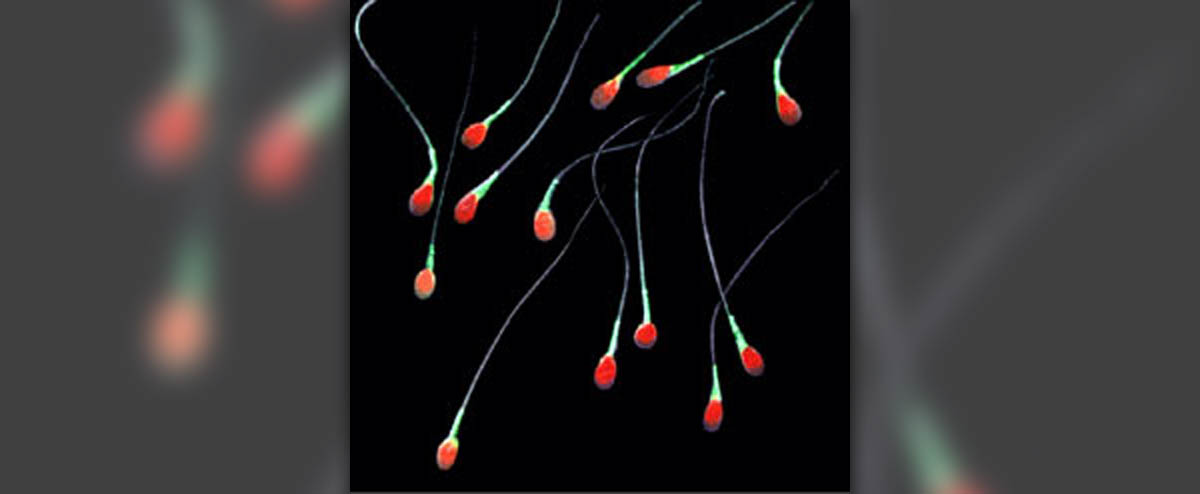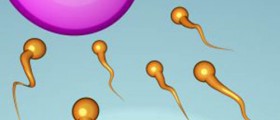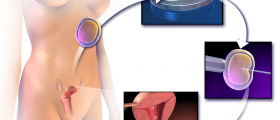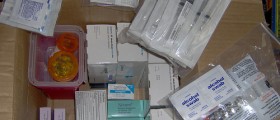
Scott Pitnick, one of the researchers said the sperm "exhibit highly complex behavior" as they maneuver through the female reproductive tract, and a team of scientists from Syracuse University was the first to watch the race for fertilization as it happens: they were the first to observe the complexity of what sperm do inside the female reproductive tract that no-one has ever been able to observe before. According to Pitnick, this is a huge step in reproductive and evolutionary biology because they have been constrained by the inability to discriminate competing sperm of different males and by the challenges of observing live sperm inside the female reproductive tract. Hopefully, glow-in-the-dark sperm will shed light on reproduction. Pitnick explains that major advances in reproductive biology came with the advent of molecular tools that determine paternity. 'Until now, the door to most of the mechanisms responsible for patterns of paternity has been closed. But not anymore.'
Despite research, scientists remain largely mystified about what goes on between insemination and fertilization, and observing glow-in-the-dark sperm will perhaps give researchers the chance to examine every maneuver and every reproductive milestone. The team has already created glow-in-the-dark sperm samples of other animals. This research is truly a groundbreaking because events occurring between insemination and fertilization were previously unobservable. And the findings this study can offer may have huge implications for the fields of reproductive biology, sexual selection and speciation.




_f_280x120.jpg)












Your thoughts on this
Loading...